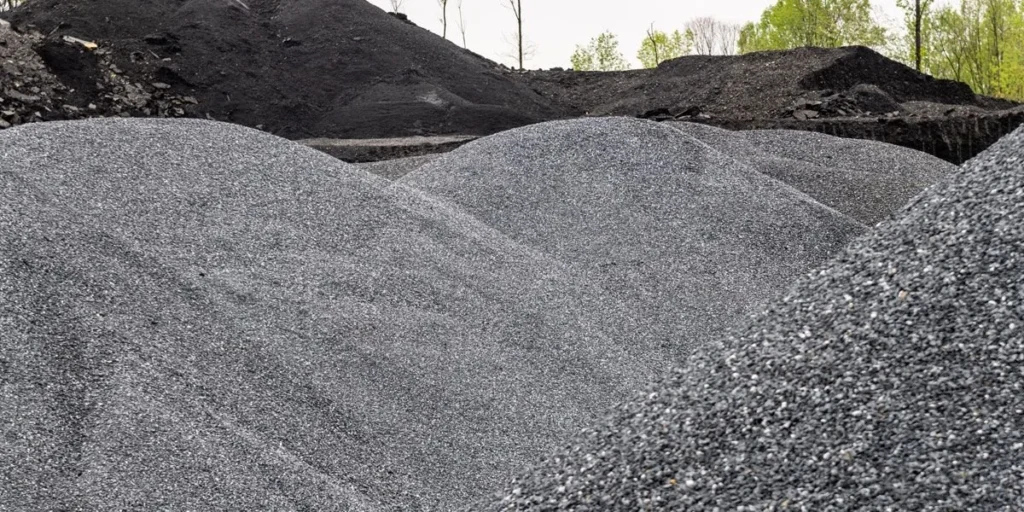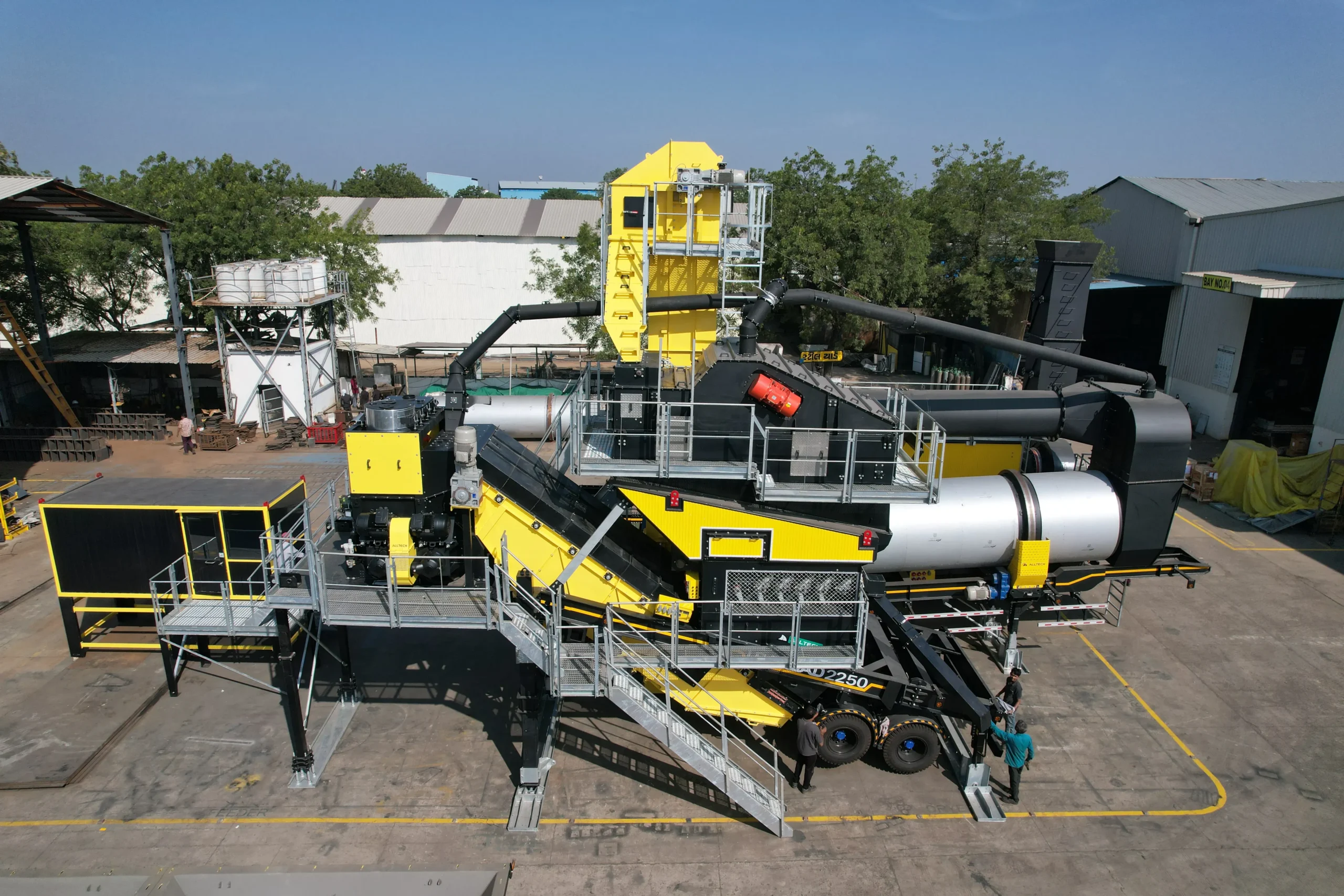
In asphalt production, aggregate is not just filler—it is the main ingredient. Accounting for 90–95% of the total mix by weight, aggregates serve as the structural framework of asphalt concrete. Their characteristics directly influence the mechanical properties and long-term performance of the pavement.
What Is Aggregate in Asphalt?
Aggregate refers to a combination of crushed stone, sand, gravel, slag, and other granular materials used in road construction. It comes in a variety of sizes and compositions depending on the required mix design. In asphalt batch mix plants, aggregates are heated, dried, screened, and precisely weighed before being mixed with bitumen.
Why Aggregate Quality Matters
1. Load Distribution
Aggregates provide the strength needed to distribute vehicle loads and prevent pavement failure. Coarse aggregates bear the load, while fine particles fill the voids and improve interlocking.
2. Durability
Durable aggregates resist abrasion, weathering, and disintegration, thereby increasing the lifespan of the asphalt surface.
3. Skid Resistance
The texture and angularity of the aggregate surface enhance tire grip, which improves road safety, especially in wet conditions.
4. Moisture Resistance
Clean, well-graded aggregates improve bitumen adhesion and reduce stripping—a common cause of early pavement damage.
Types of Aggregates Used
- Coarse Aggregates: Crushed stone or gravel typically above 4.75 mm in size.
- Fine Aggregates: Sand or crushed stone fines below 4.75 mm.
- Mineral Filler: Very fine material (like stone dust) used to fill gaps and increase mix stability.
- Reclaimed Asphalt Pavement (RAP): Milled or crushed reclaimed material used to replace a portion of virgin aggregate and bitumen, improving sustainability and reducing costs.
The Aggregate Process in a Batch Mix Plant
- Cold Feeding: Aggregates are stored in separate bins by size and type and are metered onto a conveyor belt.
- Drying and Heating: The material enters the dryer drum to remove moisture and reach the desired temperature.
- Screening: Heated aggregates are sorted through vibrating screens into different sizes.
- Storage in Hot Bins: Separated aggregates are stored temporarily before mixing.
- Weighing: The exact quantity of each aggregate size is measured based on the mix design.
- Mixing: Aggregates are then blended with bitumen in the mixer to form hot mix asphalt.
Importance of Gradation
Proper gradation—the proportion of aggregate sizes—is critical for:
- Achieving maximum density and strength
- Reducing voids and permeability
- Enhancing durability and flexibility
- Ensuring mix workability during compaction
Poorly graded aggregates can lead to premature rutting, fatigue cracking, and moisture damage.
Sustainable Practices with Aggregates
The incorporation of RAP (Reclaimed Asphalt Pavement) is a growing practice. Not only does it reduce the need for virgin aggregates, but it also minimizes landfill use and conserves natural resources. Proper blending of RAP with fresh aggregates ensures performance without compromising quality.
Заключение
Aggregates are the backbone of any asphalt pavement. Their selection, gradation, cleanliness, and blending directly influence the durability, strength, and functionality of the final road surface. Understanding the role of aggregates helps ensure optimal mix design, better construction outcomes, and longer-lasting roads.





